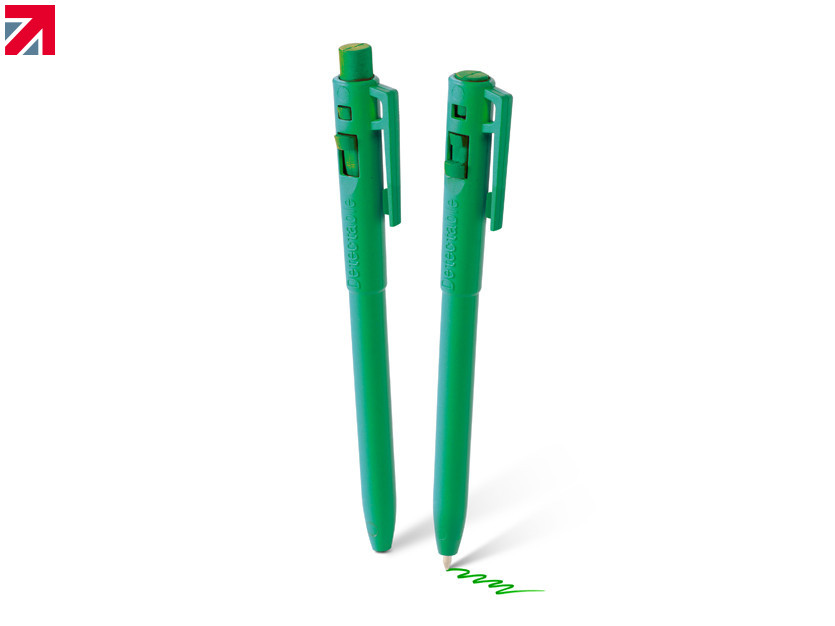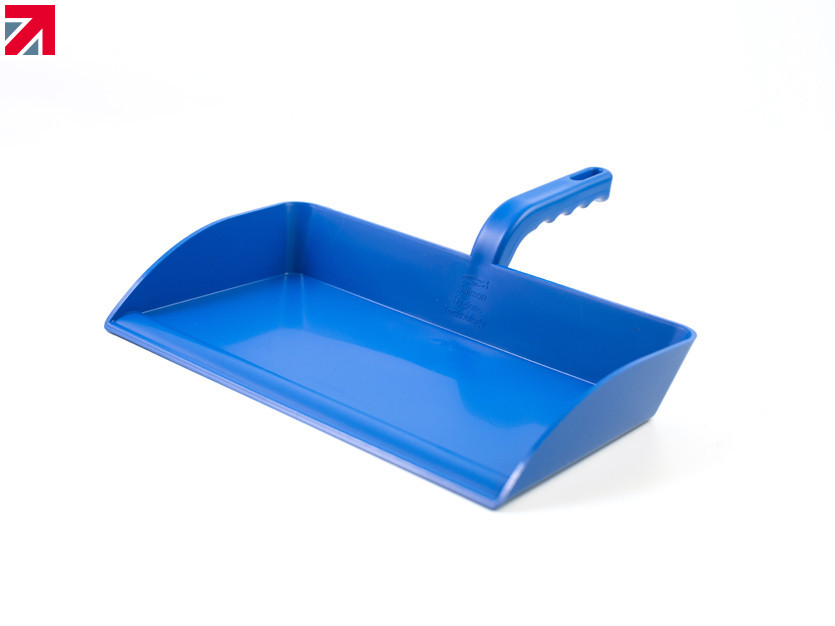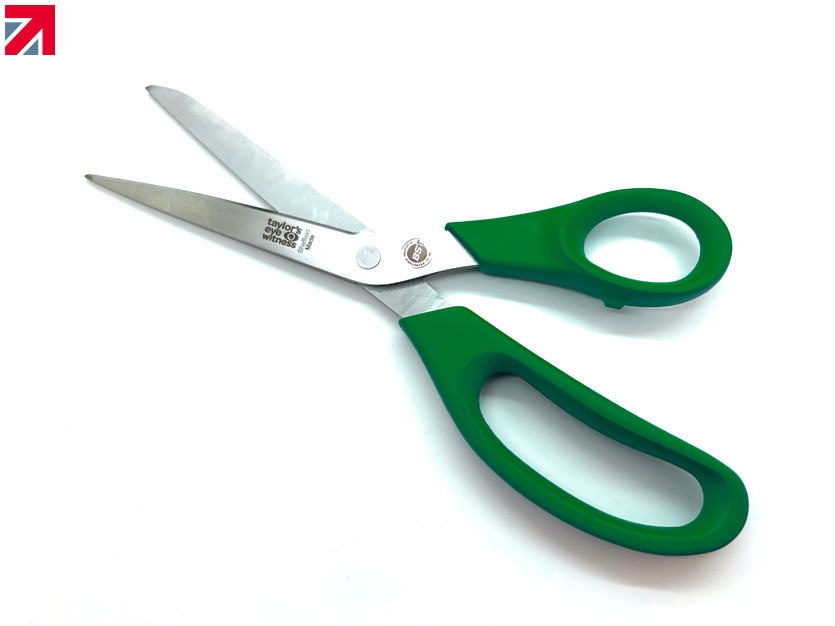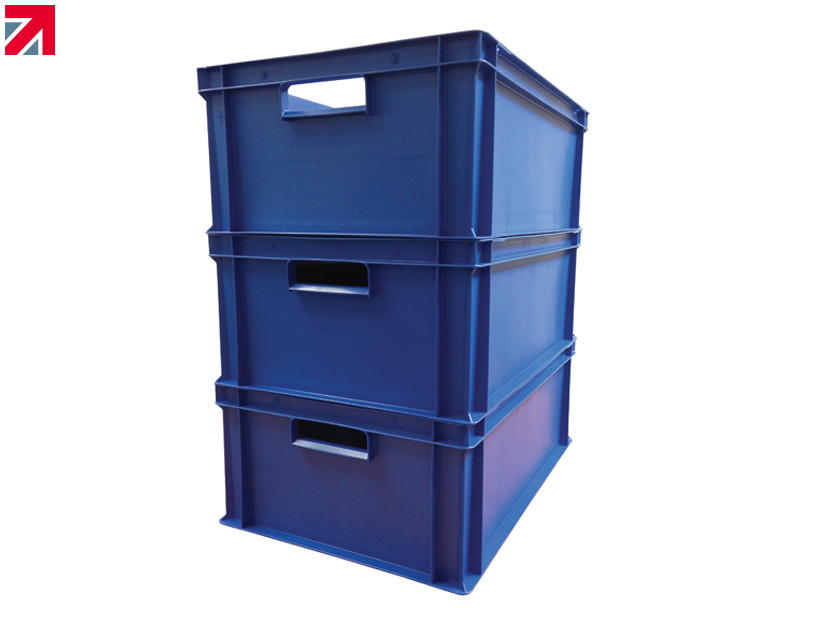In today’s food and beverage industry, hygiene and safety are brand-defining commitments. Consumers demand trust, regulators demand compliance, and the cost of failure can be devastating; both financially and reputationally. While many processors focus on large-scale hygiene measures such as cleaning regimes and hazard analysis, an equally vital layer of protection lies in the design of the tools and consumables used on the production floor.
Hygienic product design is the first line of defence against contamination risks. Whether it’s detectable pens, cable ties, seals, or utensils, every item that enters the production environment has the potential to become a hygiene hazard if poorly designed. Products that are easy to clean, resistant to wear, and feature minimal to no germ traps dramatically reduce the chance of undetected contamination.
This focus is reinforced by evolving legislation and standards. Frameworks such as BRCGS, FSMA, and EU regulations are placing increasing emphasis on contamination prevention and traceability. Compliance is no longer about box-ticking, it requires demonstrable commitment to hygienic design and supporting documentation to satisfy auditors.
Beyond regulation, there is a strong business case for prioritising hygiene in product design. A workforce equipped with tools specifically engineered for hygiene operates with greater efficiency and confidence. Failures in hygiene can halt production, cause recalls, and erode consumer trust in a brand. By contrast, investment in hygienically designed products pays dividends in operational reliability, consumer confidence, and long-term resilience.
As processors look ahead, the industry leaders will be those who integrate hygienic design principles into every level of their operations. This means not just meeting the minimum requirements, but actively exceeding them. It means working with manufacturers who understand both the technical requirements of materials and the practical realities of food processing environments.
In a world where one contamination incident can spark a global recall, hygienic design is more than an innovation, it is an essential safeguard. From the smallest pen to the largest machine part, every product plays a role in food safety. By embedding hygiene into design, the food industry can protect consumers, preserve brand integrity, and build a safer future.
Find out more about BST Detectable Products on their member profile page here
Member-created content 1 month ago | From members




